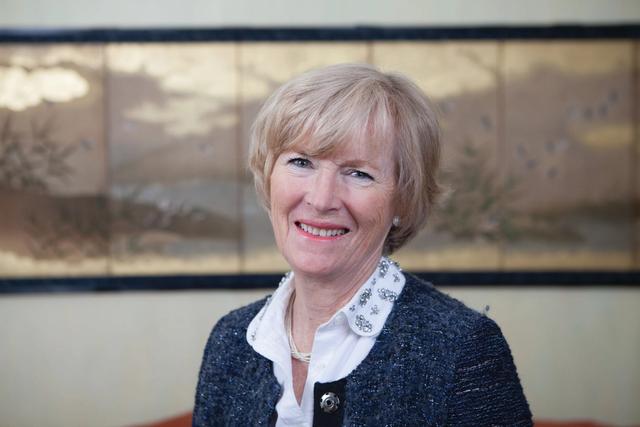This year’s Venice Biennale, curated by Adriano Pedrosa, has been distinguished by its emphasis on the Global South and a strong emphasis on little-known artists, many of whom are being shown for the first time in the Serenissima.
“The great thing about the curated sections this year is that there were so many finds to be made,” says the Milan-based art adviser Alex Errera, "unlike art fairs, where collectors and dealers constantly complain that there are no more discoveries [to be made].”
He is not talking about the market for deceased artists such as Etel Adnan, Amrita Sher-Gil, Wifredo Lam or Carmen Herrera—all chosen by Pedrosa as part of his Stranieri Ovunque (Strangers Everywhere) curation. They are already known, as are market stars such as Mark Bradford or Simone Leigh; Errera says that after Leigh represented the US in 2022, he was inundated with calls from clients wanting to acquire her work.
“It’s a compliment and an honour to be chosen for the Biennale, but Ibrahim El-Salahi, who was prominently featured in 2022 and is present in the portraits section this year, is so well established that it doesn’t change his market,” says Toby Clarke of London’s Vigo Gallery, which represents El-Salahi. “But it is different for an emerging artist, being chosen can be an amazing opportunity,” he says.
One example among many showing for the first time in Venice is the Argentine textile artist Claudia Alarcón and the Silät collective. Their finely woven works are made with natural dyes and feature traditional geometric forms evoking the cycles of nature. The work was shown by Cecilia Brunson Projects in London during Frieze last year, where it was discovered by Pedrosa. Alex White, the gallery director, told me: “The Biennale has had an amazing effect, we have had so much great feedback, it has been quite emotional.” The gallery will be showing more of her work at the Armory Show in September, this time paired with the German artist and weaver Anni Albers.
Asked about prices, she gave a range of $25,000-$50,000 but conceded that they are likely to rise, albeit slowly. “This is a long-term relationship,” she said. And Claudia herself said in an artist statement: “We never imagined this [being at the Biennale], and it is very satisfying because we have been discovered and made visible. What I want from this occasion is for this to be a way out for those of us who live in these places and have many needs, some basic like water and food.” Living in “these places” refers to the region on the borders of North West Argentina, where the nearest airport is nine hours by bus away.
“There is a lagging effect with the art market,” Errera concludes. “The Biennale continues for another six months, and it takes time for curators, collectors, dealers and everyone in the market to process and filter the information, to arrive at a consensus. But there’s no doubt that some currently unknown artists will be picked up by other galleries, and you will be hearing more about them over the coming years.”



